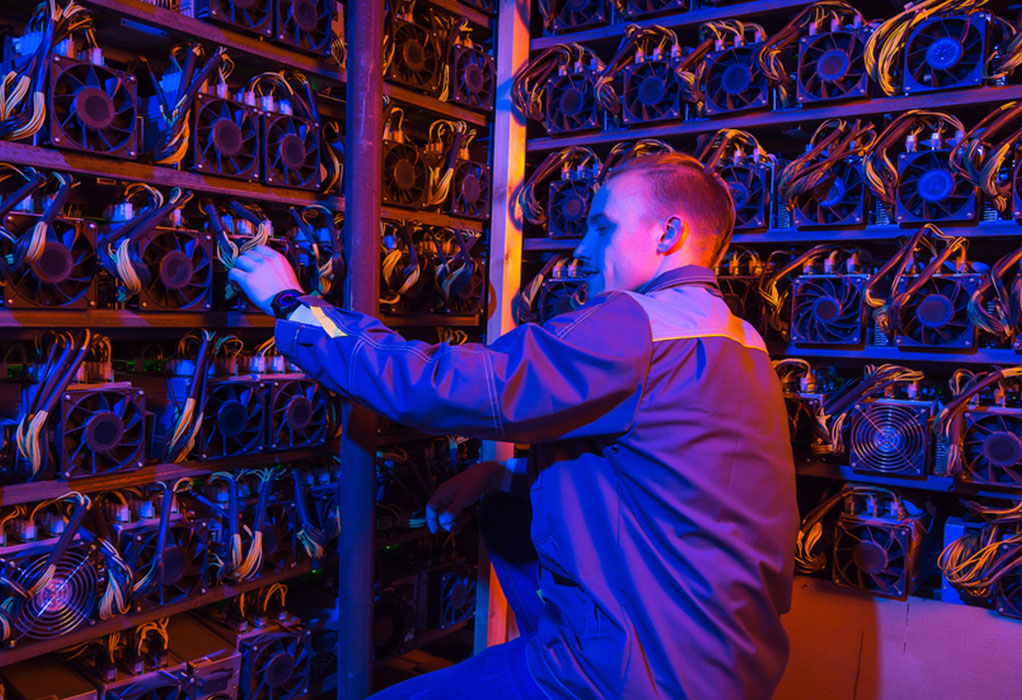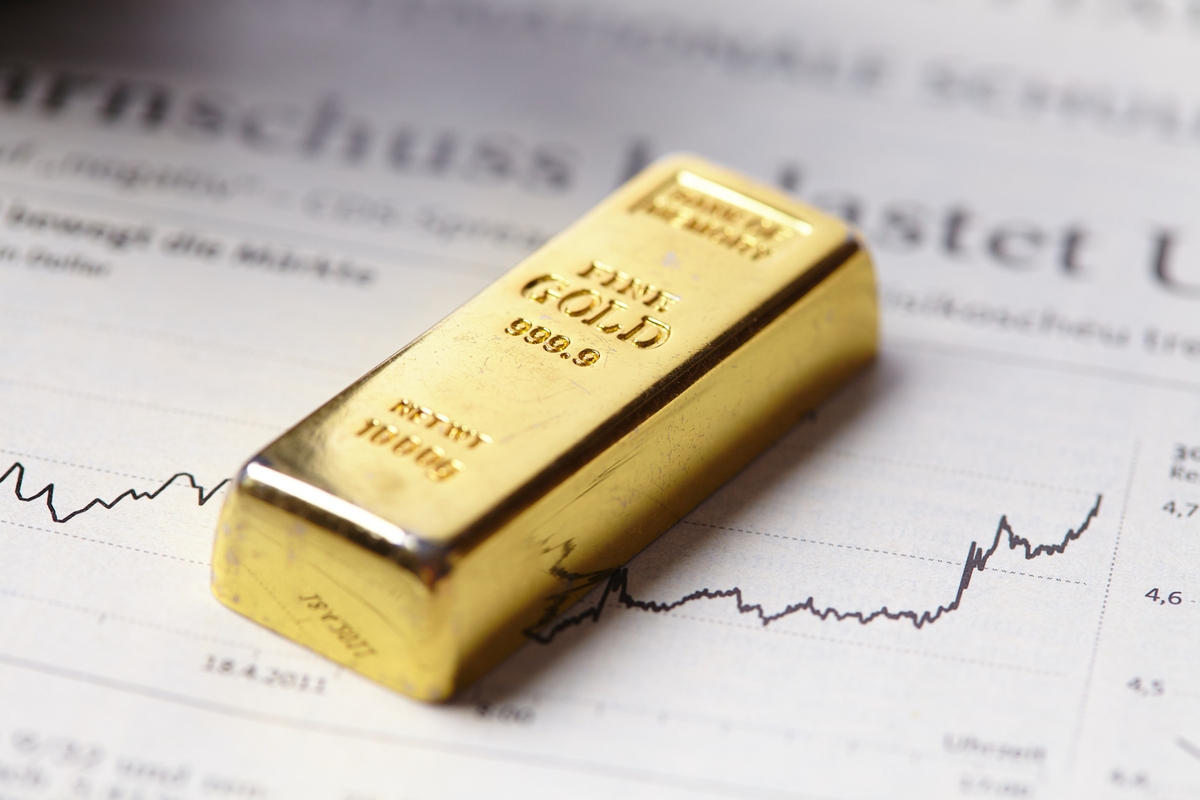Comprehensive Guide to Top Cryptocurrency Mining Equipment and Selecting the Ideal Miner
Discover the top cryptocurrency mining devices and learn how to choose the ideal hardware to maximize efficiency, profitability, and reliability. This comprehensive guide covers key factors like hash rate, reputation, user experience, and support, helping both novice and experienced miners make informed decisions in a competitive industry. Explore leading miners such as Bitmain Antminer S9 and Avalon 741, and find out what to consider before investing in mining hardware to ensure sustained success in digital currency mining.

Leading Cryptocurrency Miners and Essential Factors for Optimal Selection
Mining digital currencies, commonly known as crypto mining, is a critical process that involves validating transactions and recording them onto the blockchain ledger. This activity is fundamental to maintaining the security and integrity of the decentralized network. The most popular cryptocurrencies mined include Bitcoin, which was the first to emerge, alongside a multitude of alternative coins, known as altcoins. As the cryptocurrency industry evolves and matures, the techniques, hardware, and strategies used in mining also become more sophisticated and competitive.
Within Bitcoin transaction validation, miners play a vital role. They verify the authenticity of transaction data by solving intricate cryptographic challenges that require extensive computational power. These challenges are designed to secure the network against fraud and malicious attacks, ensuring that only legitimate transactions are added to the blockchain. Miners collaborate globally, using specialized hardware to collectively solve these complex equations and update the blockchain with verified transactions.
In the early days of Bitcoin, mining was accessible to individual enthusiasts because it could be conducted using standard personal computers equipped with decent graphics processing units (GPUs). However, as the industry expanded, competitive pressures increased, demanding miners to invest in more powerful, industrial-grade hardware. Today, effective cryptocurrency mining requires robust, dedicated rigs that are optimized for high performance, combined with considerations such as low electricity costs, efficient cooling systems, and stable hardware infrastructure to maximize profitability.
Choosing the right cryptocurrency mining hardware is a crucial step for both novice and experienced miners. Several factors influence the effectiveness and profitability of mining equipment, including hardware performance, reputation of the manufacturer, operational ease, transparency, and customer support. Making an informed decision involves understanding these key aspects to ensure your mining operations are efficient and sustainable.
Profitability: The Main Driver of Hardware Selection
When evaluating mining devices, profitability is paramount. This is primarily dictated by the device’s hash rate, which measures the processing power it can exert on the blockchain. A higher hash rate means the miner can solve cryptographic puzzles more quickly, earning more rewards in a shorter amount of time. Miners often join mining pools—collaborative groups where participants combine their processing power to increase the chances of successfully mining blocks—and sharing the rewards proportionally.
Top-tier miners offer high hash rates, ensuring a reliable income stream and contributing to the overall security of the blockchain network. Additionally, energy consumption plays a significant role; efficient miners that deliver high performance while consuming less power can significantly boost profitability by reducing operational costs.
Reputation: Trustworthiness Matters
A manufacturer’s reputation influences buying decisions. Well-established brands with proven track records provide confidence in product durability, consistent performance, and reliable customer service. Miners with high uptime and minimal faults are preferable, as they help maintain a steady mining operation without costly interruptions. Additionally, reputable companies often provide timely firmware updates and hardware improvements, ensuring mining equipment stays competitive and secure over time.
Usability and User Interface: Ease of Operation Is Critical
The performance of application-specific integrated circuit (ASIC) miners hinges significantly on their ease of use and control interfaces. User-friendly dashboards that display real-time monitoring data like hash rate, temperature, fan speed, and power consumption enable miners to swiftly identify and troubleshoot issues. Such features help optimize mining performance, minimizing downtime and maximizing returns.
Transparency and Security: Ensuring Fairness
Mining pools and hardware manufacturers should prioritize transparency. While mining pools provide valuable activity statistics, some may manipulate data to favor their interests. Leading miners adopt blockchain transparency measures, allowing participants to verify each miner’s contribution in real-time. Transparency fosters trust, fairness, and accountability within the mining community.
Customer Support and User Feedback: Support Determines Satisfaction
Reliable support is vital in maintaining smooth mining operations. Manufacturers and service providers that offer prompt, comprehensive customer support earn user trust and loyalty. Easy reporting of issues, access to technical assistance, and incorporation of user feedback for future upgrades enhance overall user experience and help build a resilient mining ecosystem.
Based on these key factors, the top cryptocurrency miners available today include:
Bitmain Antminer S9 – Offering a hash rate of approximately 13-14 TH/s with an energy consumption of about 1300W, this miner is known for its efficiency and reliability, retailing around $3000.
Bitmain Antminer S7 – An excellent budget-friendly option, providing 4.7-5 TH/s performance at a power draw of roughly 1300W, priced under $1000, suitable for newcomers or small-scale miners.
Avalon 741 – Recognized for its efficiency comparable to the S9, delivering around 7 TH/s at 1150W, with a market price of roughly $1500, making it a solid mid-range choice.
Pangolin Miner M3X – Capable of reaching 12-13.5 TH/s with a power consumption of 1800-2000W, priced under $1000, favored by miners seeking high performance on a moderate budget.
Bitmain Antminer T9 – Balancing power and efficiency, producing about 11.5 TH/s while consuming 1450W, priced approximately at $1060, suitable for miners aiming for optimal return on investment.
In summary, selecting the right cryptocurrency mining hardware hinges on balancing performance, energy efficiency, price, and support quality. Staying updated with the latest advancements in mining technology and hardware specifications enables miners to maximize profitability and stay competitive in this fast-evolving industry.




